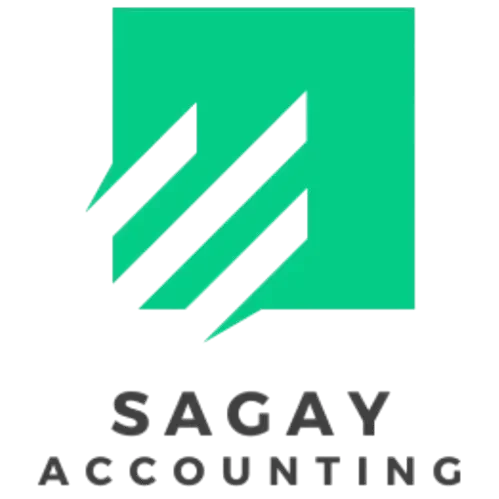VAT Schemes for Small Businesses: Which One is Right for You?
Introduction:
VAT can be a complex area for small business owners, but choosing the right VAT scheme can simplify your accounting, improve cash flow, and even reduce your tax liability. This guide explains the different VAT schemes available in the UK and helps you determine which one suits your business best.
Standard VAT Scheme:
Who is it for?
Businesses with a taxable turnover above £90,000 (2024 threshold) that do not qualify for or prefer not to use other VAT schemes.
How it works:
- Businesses charge VAT on sales and reclaim VAT on purchases.
- VAT returns are filed quarterly or monthly.
- Best suited for businesses with significant VAT-exempt expenses that want to reclaim VAT.
Advantages:
- Full VAT recovery on expenses
- Suitable for businesses with large VAT costs
Disadvantages:
- Requires detailed record-keeping
- Can cause cash flow issues if VAT payments are large
Flat Rate VAT Scheme:
Who is it for?
Small businesses with a turnover of £150,000 or less (excluding VAT) looking for a simplified VAT process.
How it works:
- Businesses charge the standard VAT rate (20%) on sales but pay a lower fixed percentage to HMRC, based on their industry.
- VAT on purchases cannot be reclaimed, except for capital assets over £2,000.
Advantages:
- Simplifies VAT calculations
- Reduces administrative burden
Disadvantages:
- May not be beneficial for businesses with high VAT-exempt expenses
- Limited VAT reclaim options
For example, a marketing agency using the Flat Rate Scheme would pay 14.5% of its gross
turnover to HMRC instead of reclaiming VAT.
Cash Accounting Scheme:
Who is it for?:
Businesses with a turnover under £1.35 million that experience cash flow issues.
How it works:
- VAT is only paid when payments from customers are received.
- VAT on purchases is only reclaimed when suppliers are paid.
- This scheme is beneficial for businesses that offer long payment terms.
Advantages:
- Helps manage cash flow effectively
- Prevents VAT being paid before receiving customer payments
Disadvantages:
- VAT cannot be reclaimed on unpaid invoices
- Less suitable for businesses with mostly immediate payments
Annual Accounting Scheme:
Who is it for?
Businesses with a turnover under £1.35 million that prefer fewer VAT filings.
How it works:
- Only one VAT return is submitted per year instead of quarterly returns.
- Advance payments are made throughout the year based on the previous year’s VAT bill.
Advantages:
- Reduces paperwork and administrative burden
- Helps businesses with predictable cash flow
Disadvantages:
- Less flexibility if turnover fluctuates
- May lead to overpaying or underpaying VAT if estimates are inaccurate
Conclusion:
The right VAT scheme can make a significant difference in how you manage your
business finances. Choosing a scheme that aligns with your cash flow and
administrative capacity is key to maintaining compliance and efficiency.
If you are unsure which VAT scheme is best for your business, Sagay Accounting can
help. Our team provides expert advice to ensure you remain compliant while
optimising your VAT payments.
Get in touch with us today to discuss the best VAT strategy for your business.




